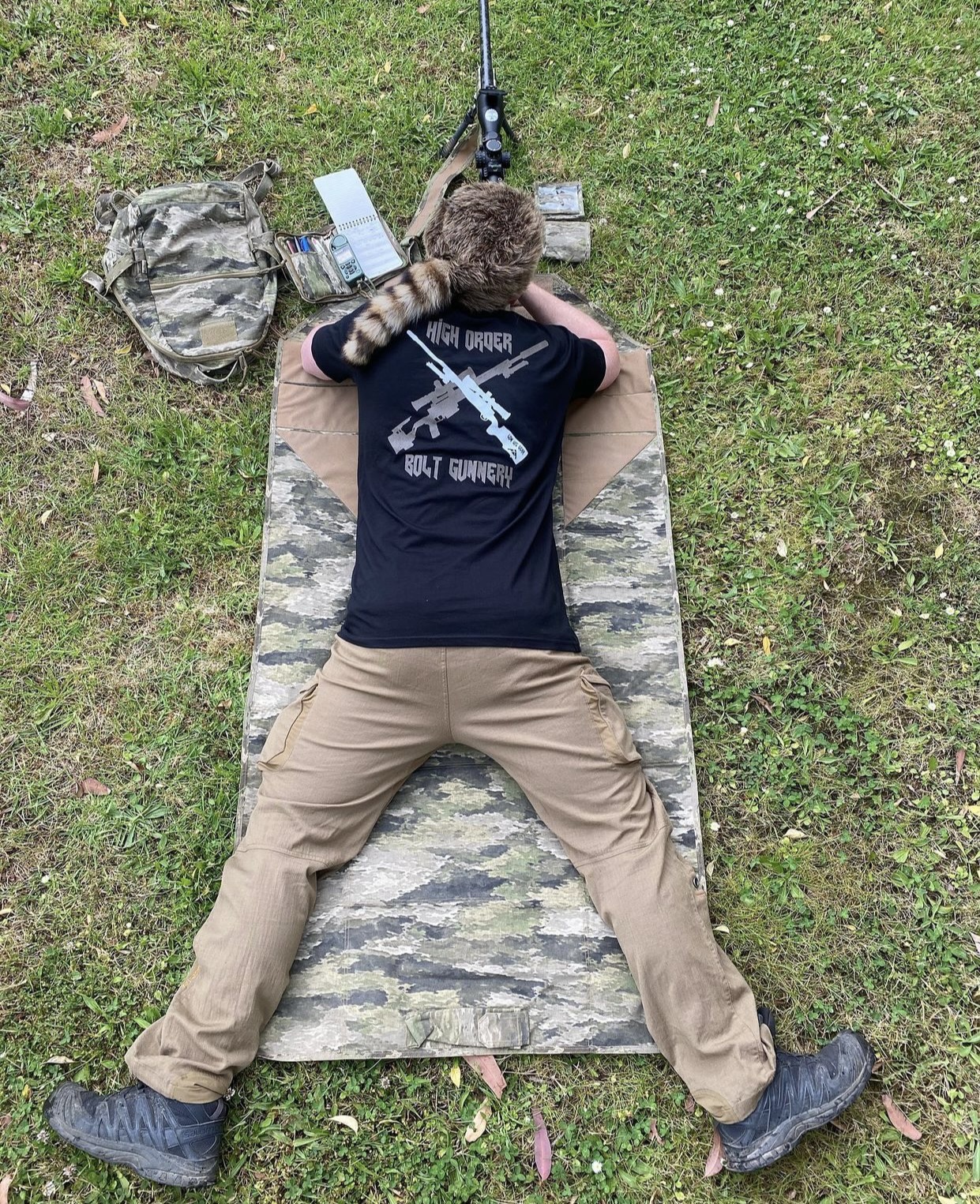
SORD Australia Shooting Mat & collab SORD / LVG Enhanced Shooting Mats.

One big, one small, both amazingly rugged & feature rich.

SORD Australia Shooting Mat & collab SORD / LVG Enhanced Shooting Mats.

One big, one small, both amazingly rugged & feature rich.

The British Army has unveiled the cap badge of The Ranger Regiment.
Who are The Ranger Regiment?
The Ranger Regiment is an important contribution of the Army’s new global posture and was established as part of Future Soldier, the biggest transformation of the British Army in over 20 years.
It is part of the newly established Army Special Operations Brigade. It will be routinely deployed alongside partner forces around the world to counter Violent Extremist Organisations and hostile state threats.
The Regiment, initially announced earlier this year, will stand-up on 1 December 2021, commencing cadres and training for its four battalions.
The Ranger Regiment cap badge
The Ranger Regiment is very proud of its new cap badge which takes inspiration and spirit from the Peregrine Falcon; fast, agile and fiercely loyal to its partner, it operates around the world in all environments including deserts, mountains and cities. It has been designed to demonstrate a new capability for the Army.
It follows a long history of birds being used as emblems and logos around the world. Peregrine derives from the medieval Latin word ‘peregrinus’ which means wanderer. It is the most geographically dispersed bird of prey, and can be found on every continent, less Antartica. The Peregrine Falcon is also the fasted bird on the planet, with a diving speed of over 200 miles per hour.
While many regiments have a cloth badge for officers and a metal badge for soldiers, everyone serving in the Ranger Regiment will wear a metal badge, irrespective of rank.
Beret and Belt

A unique gun-metal grey colour has been chosen for the regimental beret and stable belt, taking inspiration from the Peregrine Falcon’s grey plumage.
Stable belts will fasten at the front with a round metal buckle bearing the Peregrine Falcon insignia from the cap badge.
Army Special Operations Brigade Heritage
The Army Special Operations Brigade will contribute to collective deterrence by training, advising and if necessary, accompanying partner forces across the world.
The design for the Army Special Operations Brigade formation flash is inspired by the badge of the Special Service Brigade. The Special Service Brigade was a formation of the British Army during the Second World War.
On 17 July 1940, Prime Minister Winston Churchill issued a directive to wage irregular warfare. This established the Special Operations Executive (SOE) and a Directorate of Combined Operations, and in the Autumn of 1940 a Special Service Brigade was formed to command the numerous new Army and Royal Marines commando units. The staff of this new Brigade wore a flash featuring two Fairbairn-Sykes fighting knives.

Members of the new Army Special Operations Brigade will wear the updated version of the wartime Special Service Brigade flash in acknowledgment and recognition of this shared heritage and history.
Click here to discover more about Future Soldier.
MYSTERY RANCH has partnered with Mission Roll Call, an organization dedicated to providing veterans with a powerful, unified voice that our Nation’s leaders heard, to create a short film called Niveh T’ah’in (Warrior) – centered around Sam Alexander’s transition from the U.S. Army.

Sam is a veteran of the U.S. Army who served as a Green Beret.
After returning home from the Army, Sam received a business degree to benefit his native tribe, the Gwich’in. He later started an adventure travel company, Latitude Six-Six, that would immerse travelers in “the full Alaska experience – seeing the land and the local native culture through native guides as well as through visiting local communities.”
Sam found as he would say, “his service after his service.”
Many veterans struggle with not only finding their way to serve but finding their passion for life post-service. The mental challenges that veterans face are unimaginable, and the mental toll is unbearable for many on their own, so having access to proper healthcare is essential. Unfortunately, not everyone has easy access to the services they are promised post-service – especially those who live in remote areas, like Native Alaskan veterans. With such profound limitations, the result is veterans who do not prioritize their mental care and may be more prone to suicide.
Watch the trailer and stay tuned for the latest collaborative MYSTERY RANCH and Mission Roll Call film Niveh T’ah’in (Warrior) – a story about finding purpose in life after the military. Watch the YouTube Premiere on November 30th at 13:30 EST/11:30 MDT.
Read more now on MYSTERY RANCH’s latest blog Meet Green Beret Sam Alexander, and connect with Mission Roll Call to learn more about their movement.
Agilite said they are bored of endless Black Friday Sales announcements and wanted to do something special this year. FOR THIS WEEKEND ONLY, they’ve made a Special edition AMAP3 in M81 Woodland Camo and some other collector edition items on their site.
Only a small number have been made and they’re live from Nov 26th here until they run out. In addition they have their usual Annual Mega Sale with up to 65% OFF and the entire website discounted+Free Shipping Worldwide.

It’s only while stocks last so go to their site to grab a deal:
It’s day 4 of my Christmas list from 5.11 Tactical and my pick is the AT Mid Boot.
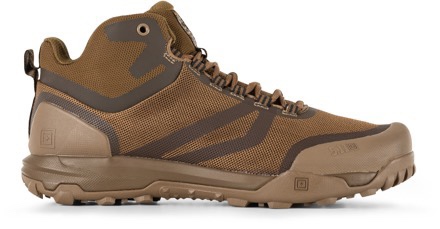
The AT Mid Boot features their All Terrain Load Assistance System with its support plate.
It features a welded mesh upper with 3D molded TPR toe and heel protection. The mid-sole is dual density foam and the high traction outsole is ASTM slip and oil resistant.
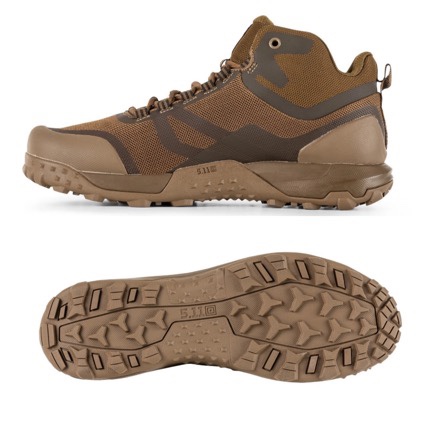
Available in Dark Coyote and Black as well as a two-tone Dark Coyote/Ranger Green combo in whole sizes 4-14 regular and wide with half-sizes from 6-12.
There are loads of other gift ideas at 5.11 Tactical’s Merry Missions site.
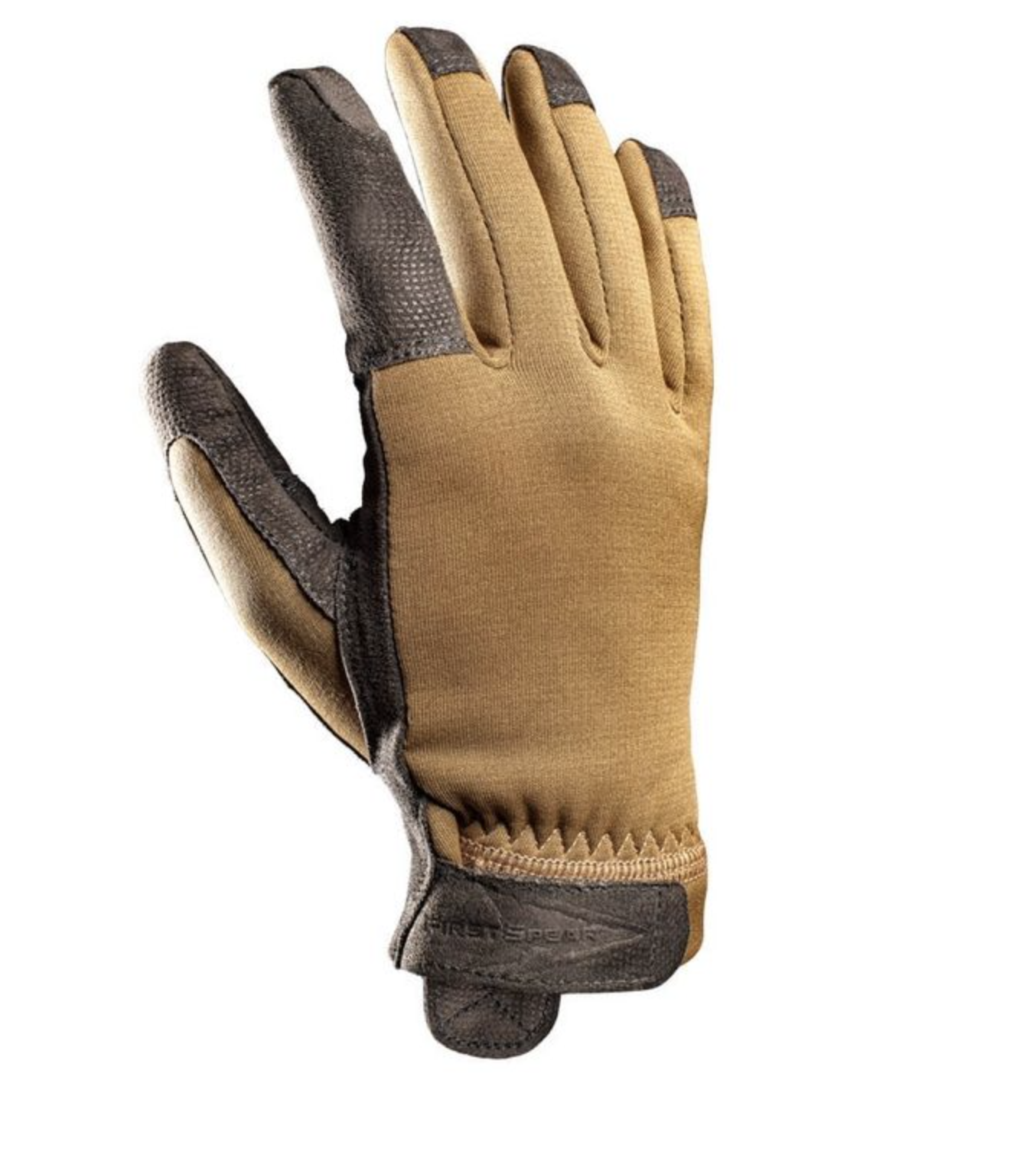
This week’s Friday Focus is the MultiClimate Glove. When maximum manipulation and tactility are required while protecting your digits, consider the Multi Climate Glove (MCG) first! The palm of the glove is made from brushed micro fiber suede, while the back uses a premium polyester soft shell material. This lightweight material makes it feel like you’re not even wearing a glove. The trigger finger of the MCG has an advanced patent pending design that will still give excellent transmission of trigger feel, magazine release and other key weapons functions.
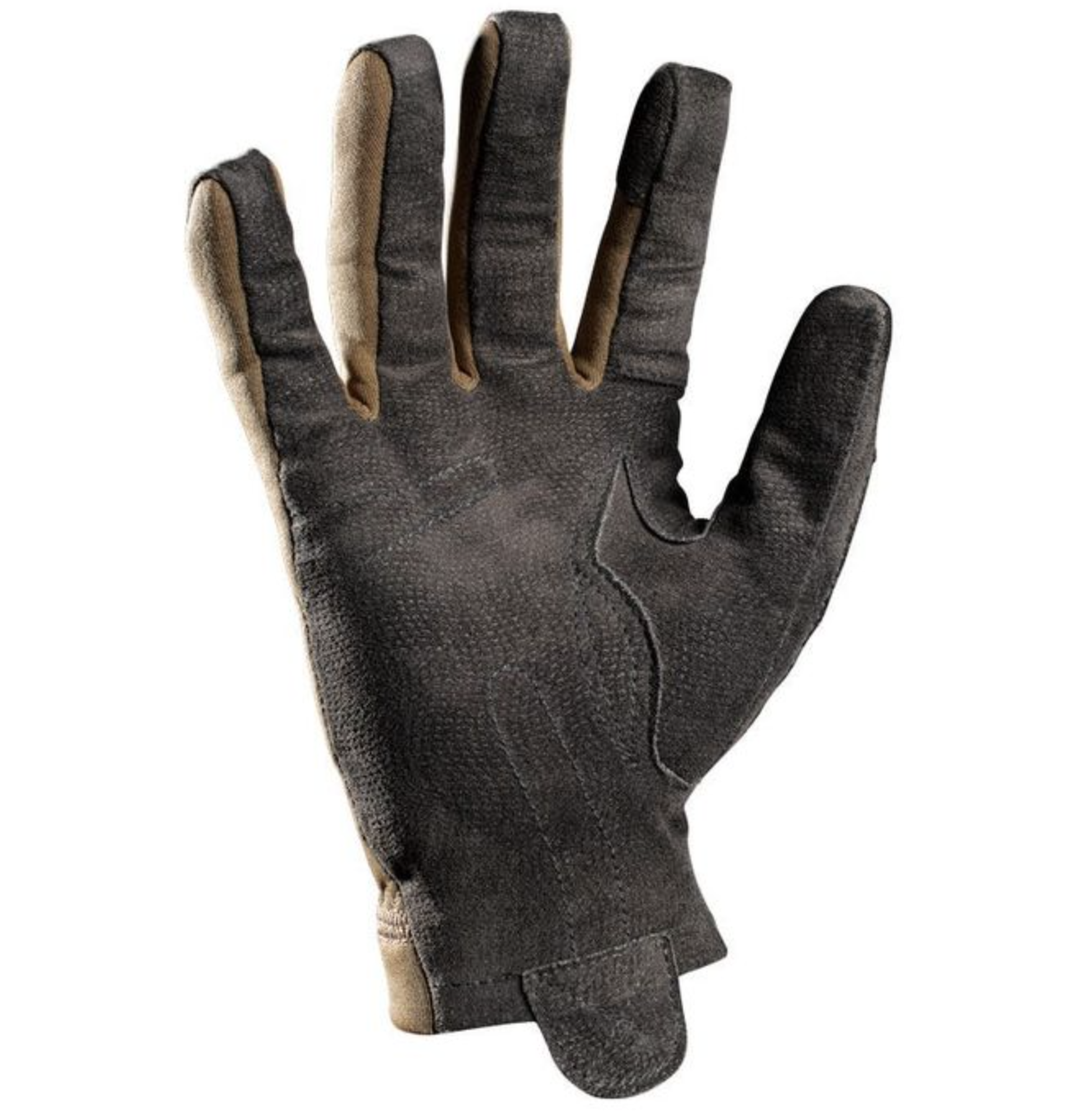
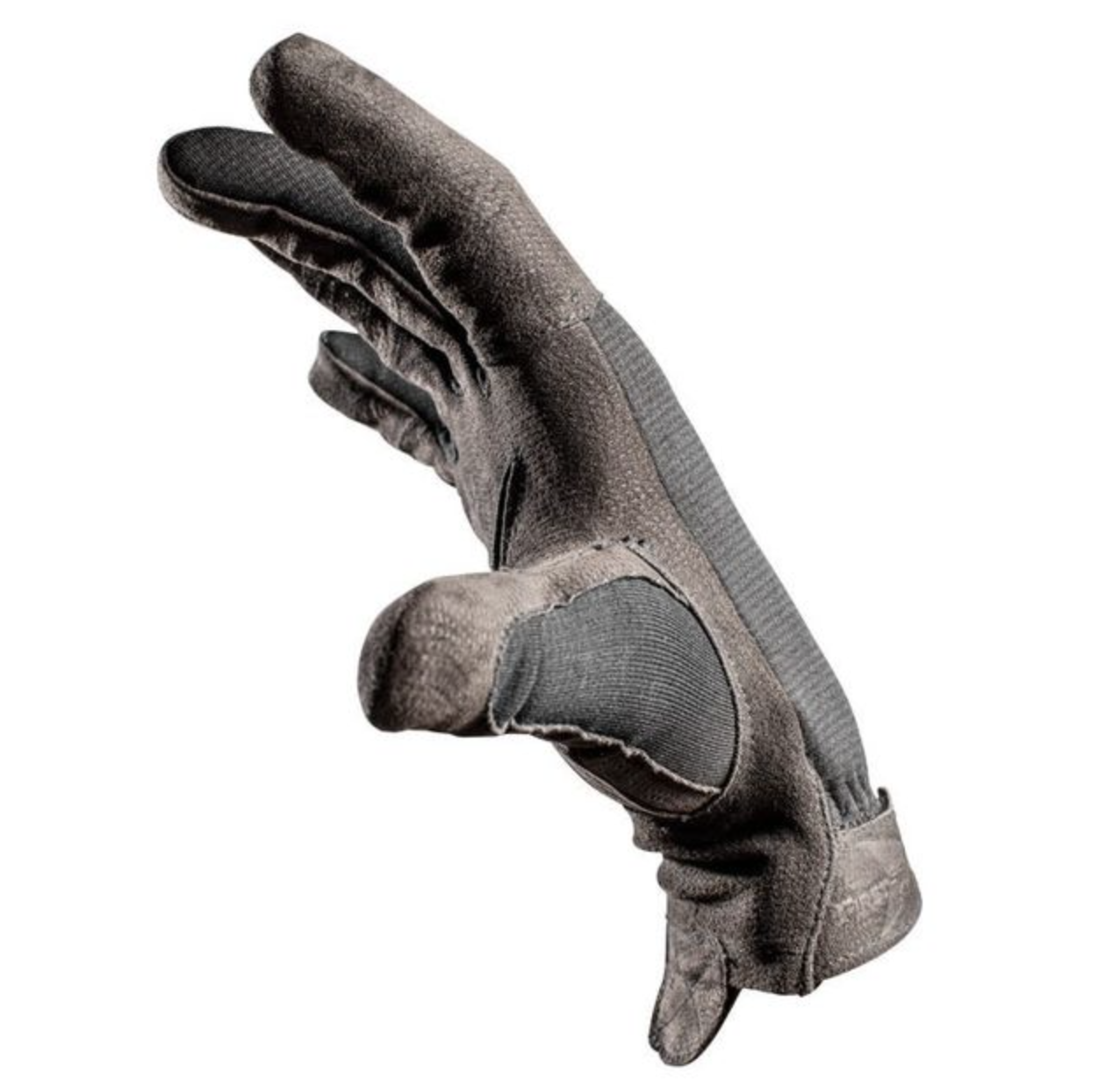
Features
• Maximum Manipulation for Peak Performance Feel of Essential Weapon Controls
• Improved Breathability, Low Water Uptake, and Soft Drying
• Digital Texture Enhances Grip
• Strong and Technically Advanced, Remains Comfortable and Flexible
• Pittards Digital Goatskin Palm, with Premium Polyester Soft Shell back
Available in coyote and black.
For more information, check out www.first-spear.com/multi-climate-glove-mcg
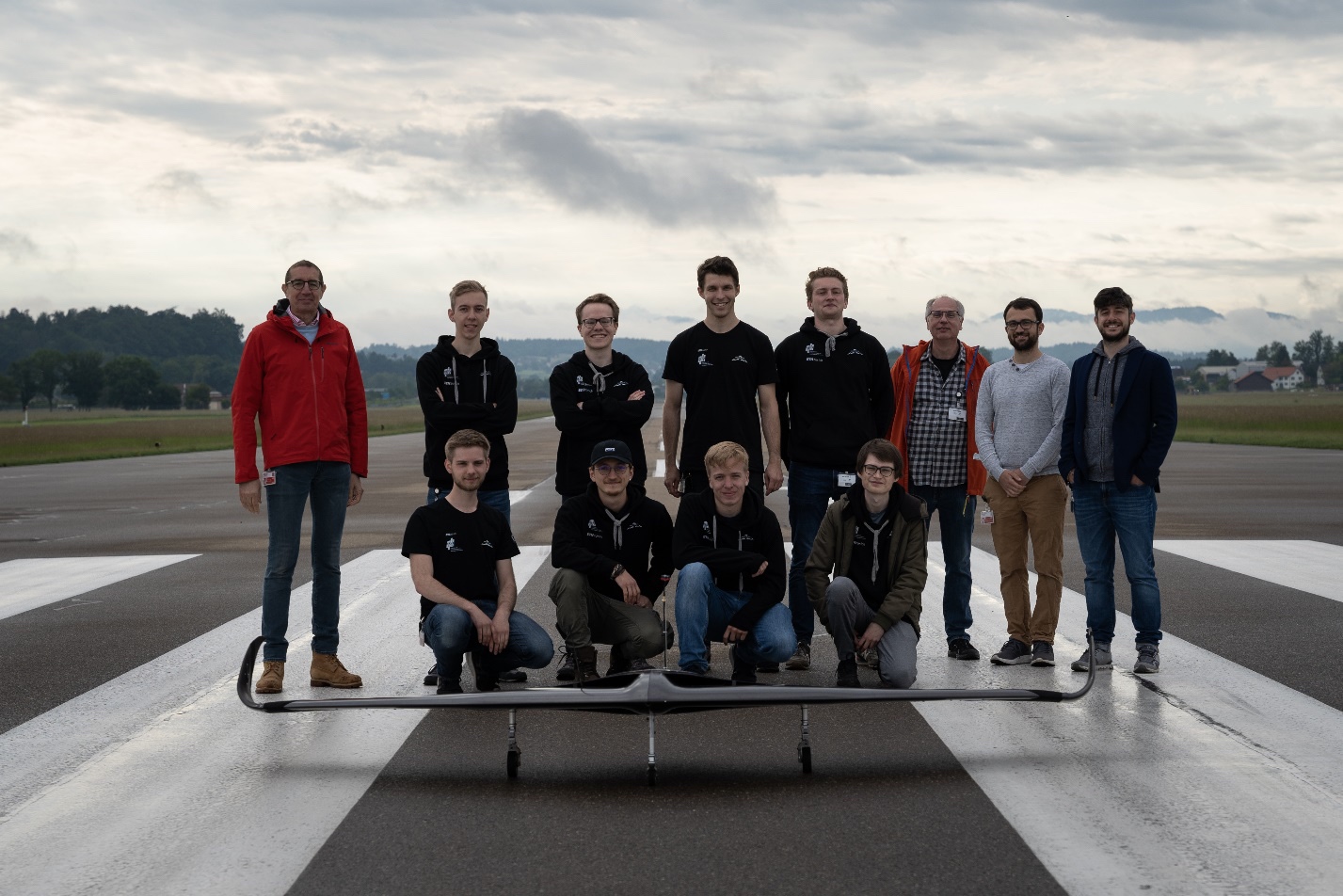
Schübeler Technologies actively supported this innovative project and provided both engines and technical expertise in an advisory capacity. “By participating in this project, we would like to contribute to the further development of aviation,” explains Daniel Schübeler, Managing Director of Schübeler Technologies. “The visionary approach of Bionic Flying Wing as well as the enthusiasm and creativity of the team excited us.”
The project aims to prove the feasibility of bionic inspired morphing concepts in the air. To this end, a deformable morphing wing structure with a three-meter wingspan was developed to be used in place of discrete flaps. A top speed of up to 100 km/h can be achieved with it. The wing structures are specifically deformed to replace conventional control surfaces. In this way, new design potential for the aircraft of tomorrow is opened up The main challenge of this approach is that the wing must be stiff – i.e., it must not flap – but still be able to be deflected. To achieve both, a healthy compromise had to be found. Because of its high strength and low weight, the team therefore opted for CFRP (carbon-fiber-reinforced polymer) as the construction material.
The requirements for the drive system used were also high. In the search for an efficient impeller that delivers the greatest possible thrust in combination with low power consumption, the team quickly came across EDF market leader Schübeler. On Schübeler’s recommendation, the team decided on the DS-51-AXI HDS model with an 1125kv motor and 12 lipo cells. This drive offers a thrust of 5.5 kg (about 55N) with a current consumption of 85 amps, which was perfectly suited for an aircraft of this speed, size and weight. Two fans are used and provide a total thrust of approximately 11kg (110N)

The HDS fan is a quality product designed for durability. The lightweight and highly shortened rotor assembly provides efficient operation through high smoothness. The blades are made of high-temperature, fiber-reinforced polymer, operate highly efficiently, broadband, and quietly. Strength is provided by the carbon shroud.
In a successful first test flight in June of this year, the team proved that bionic inspired morphing concepts can be used to safely control a flying wing aircraft. This was the product of countless hours of engineering and manufacturing, paired with the support of strong sponsors such as Schübeler Technologies.
To learn more about Schübeler Technologies, visit www.schuebeler-technologies.de.
GRINNELL, Iowa (November 23, 2021) – Brownells customers can enter for their chance to win a $1,000 Brownells gift card and get access to Brownells exclusives on special products from popular brands like Geissele, Daniel Defense and Law Tactical during the annual Black Rifle Friday Event.
Customers can enter their cell phone number now for a chance to win one of four $1,000 gift cards at the Brownells Grand Giveaway entry page.
The Black Rifle Friday Event deals and exclusives begin on Friday, November 26. Starting Friday, customers will have access to doorbuster pricing on both overstock and new products, unique bundle deals, and gift card specials.
One of the highlights will be a new addition to the very popular Brownells BRN-180 line.
Customers will also get an opportunity to purchase a unique, one-time-only product created through a collaboration between Sons of Liberty Gunworks and Geissele.
Other specials include Law Tactical folders in a new, exclusive color, along with deals on items from Holoson, Aero Precision, Foxtrot Mike, MDT, Timney and Apex.
The grand finale of the Black Rifle Friday Event will be Cyber Monday, November 29. On Monday, Brownells will unveil additional special deals and exclusives, giving customers one more chance to buy an extra special holiday gift or claim an exclusive product.
Starting Friday, November 26, customers will be able to see all the special deals on the Black Rifle Friday Event page.